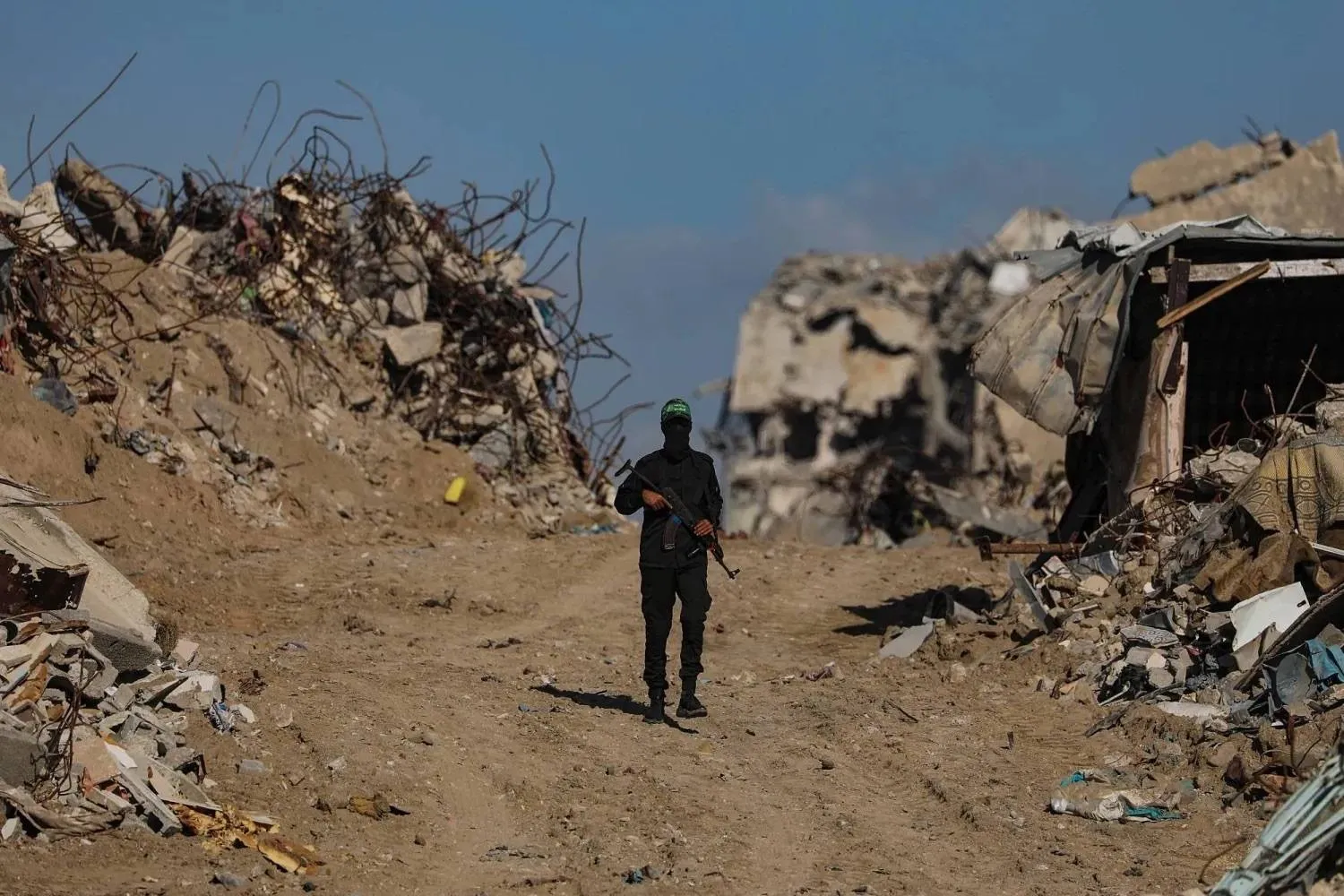Representatives of US President Joe Biden’s administration have participated in a meeting held by the Jerusalem District Planning and Building Committee regarding the construction of the US embassy complex in the city, the mayor said.
In statements broadcast by the Hebrew Channel Seven, Jerusalem Mayor Moshe Lion noted that the meeting was held via Zoom app following the Committee’s earlier approval on plans to build two complexes for the US embassy.
The meeting confirms the new US administration’s intention to keep its embassy in Jerusalem, but Palestinians hope that the administration will reopen its consulate in the city as well.
This step aims to establish a permanent complex for the US Embassy in Jerusalem, after a temporary building was constructed in 2018 to serve the decision of former US President Donald Trump to recognize Jerusalem as the capital of Israel.
The existing plans indicate extending the existing 12,800 square meters temporary embassy on David Flusser Street in the Arnona neighborhood to about 50,000 square meters. The current building contains office space for the ambassador and some employees.
In addition, a diplomatic complex for several embassies and an annex to the US embassy will be constructed in Allenby Street on an area of 60,000 square meters and will include offices and residential buildings for employees.
The diplomatic hotel that was previously used by the US Consulate and is now a residential building will not be evacuated until a suitable housing solution is found for those residing in it.
When the embassy was inaugurated in Jerusalem, an office space was constructed for the ambassador and a small team of employees. Later, an additional office space was constructed in the complex in Arnona, providing the ambassador and his team a temporary expanded space.
Most of the embassy employees continued to live and work in Tel Aviv during this period, and the case will not change before constructing a new embassy in Jerusalem.
Israeli officials expect the process of site selection, design, planning, obtaining permits, and building a permanent embassy to take few years.
They described this step as a lever for Jerusalem’s growth and development and a very significant and historic step.
Representatives of the US State Department also hailed this major step.









